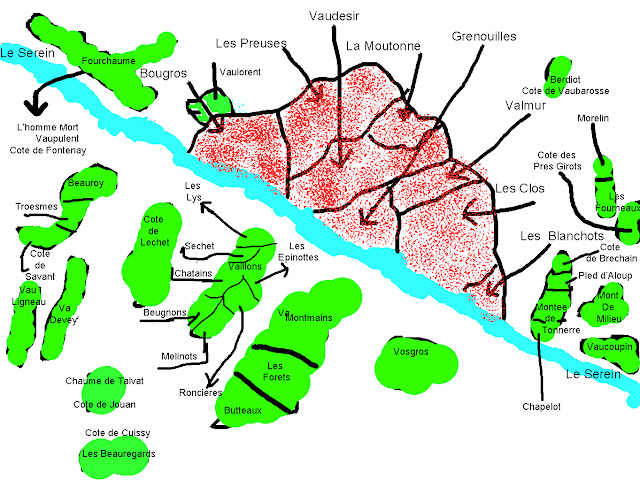FRANCE – ARDÈCHE Force Boisson – Daniel Sage
Force Boisson – Daniel Sage
Daniel Sage makes his wines on an old farm outside the village of Riotord in Haute-Loire. The farm is situated at altitudes upwards of 1000 meters. The vineyards that Daniel looks after himself are located in Bogy, a village that is part of the Saint-Joséph area. The rest of the fruit comes from good friends like Vincent Fargier in Villeneuve-de-Berg, Gérald Oustric in Valvignères, and Christelle Dufours in Aspiran. For several years, the wines have been created in collaboration with partner Jordi Torgue.
Previously he ran a small wine shop in Lyon where he sold and distributed artisanal wines. Before starting to make wine on his own, he worked with Loïc Roure at Domaine du Possible in Roussillon, as well as with Jean Delobre at La Ferme des Sept Lunes in Saint-Josèph.
The first vintage was in 2011. That year the wines Grange Bara Rouge and Février - both from Syrah - and Grange Bara Blanc from Roussanne were made. The vines grow in sandy granite soils in Saint-Josèph. In addition to the Grange Bara vineyard site, Sage now has one and a half hectares planted with gamay and poulsard, viognier and pinot gris, as well as another plot of Gamay in granite soils that are more characterized by clay.
Sage takes care of everything the vines give. He makes a first harvest of grapes that are judged easier and presses them immediately. Then the fields are harvested for another round, and this work can go on for up to four stages. The later the grapes are harvested, the longer they are macerated in the cellar. In the cellar, Daniel Sage works with fiberglass tanks and old barrels of various sizes. Winemaking is free, without fixed ideas about how the wines should turn out from year to year. Daniel works with his mood, his desire, and the conditions that the vintage provides.
Daniel Sage is known for the method of direct pressing of blue grapes. In several of his wines, part of the must is directly pressed and another part is whole de-stemmed grapes that are allowed to leach into the must. A good example is the vintage "Nyctalopie". This method is alternately called "trempouillette" , "grousse" or "flottation" . A wine that inspired Daniel to do this is Claude Courtois' classic claret "Nacarat".
Daniel's wines quickly became notorious for their lightness, wildness, and perfume. Over time, he has supplemented with grapes from friends down south in the Ardèche. This fruit comes from familiar names such as Le Mazel and Les Deux Terres. The illustrations for Daniel Sage's labels are paintings by the Belgian artist and poet Jean Raine, whose style was strongly inspired by surrealism and action painting. Most of the wines are simply named after the title of the artwork.
GRANGE BARA FÉVRIER
Grapes from Jean Delobre of Ferme de Sept Lunes in St. Joseph. Carbonic maceration of Syrah, everything for the fruit profile and freshness."
Terroir and Altitude: The fact that Daniel Sage's vineyards are situated at altitudes upwards of 1000 meters in Haute-Loire suggests a focus on terroir and a commitment to producing wines with a sense of place. Altitude can influence grape ripening and contribute to the overall character of the wines.








Comments
Post a Comment